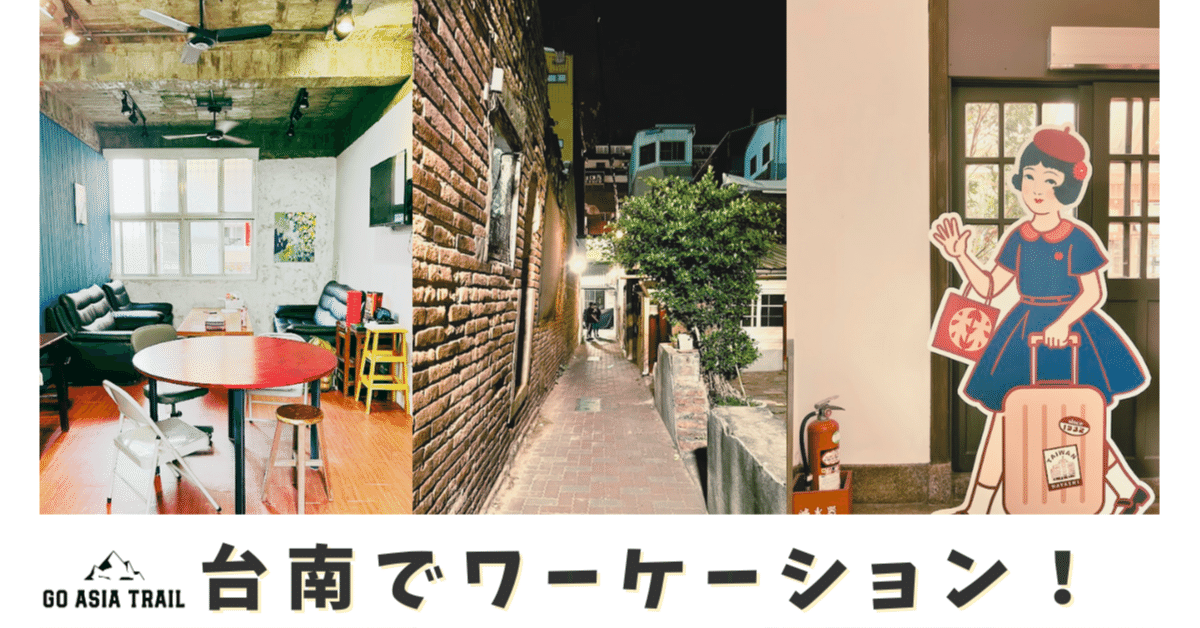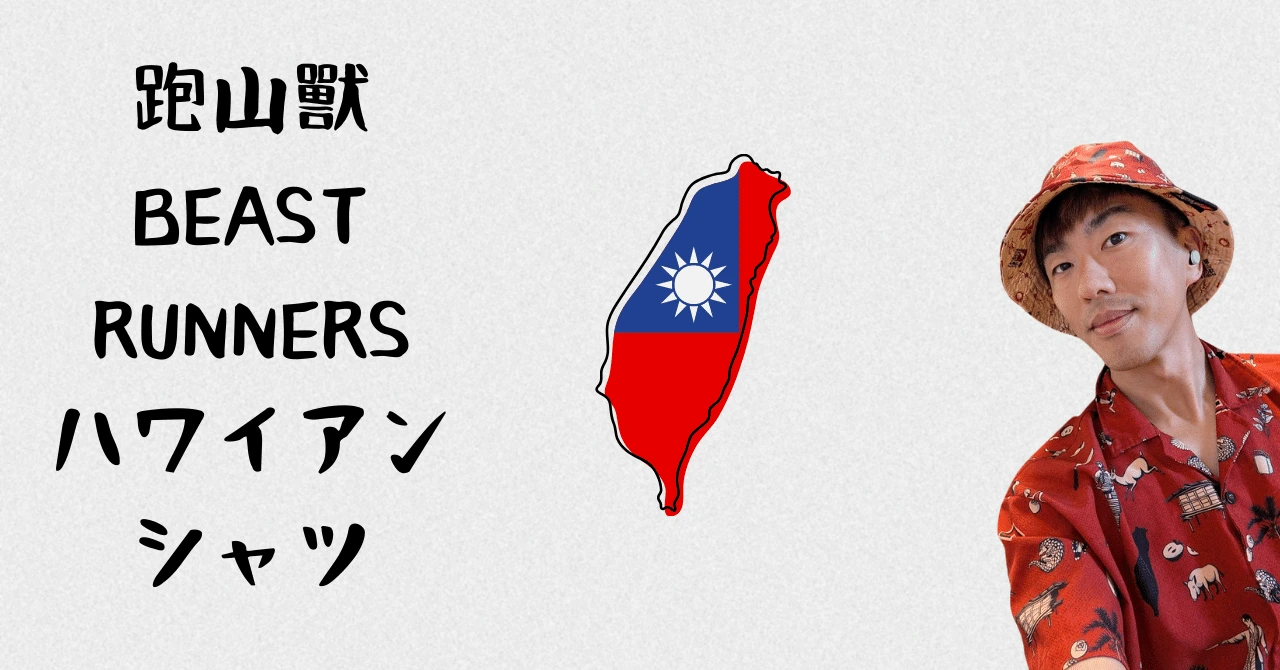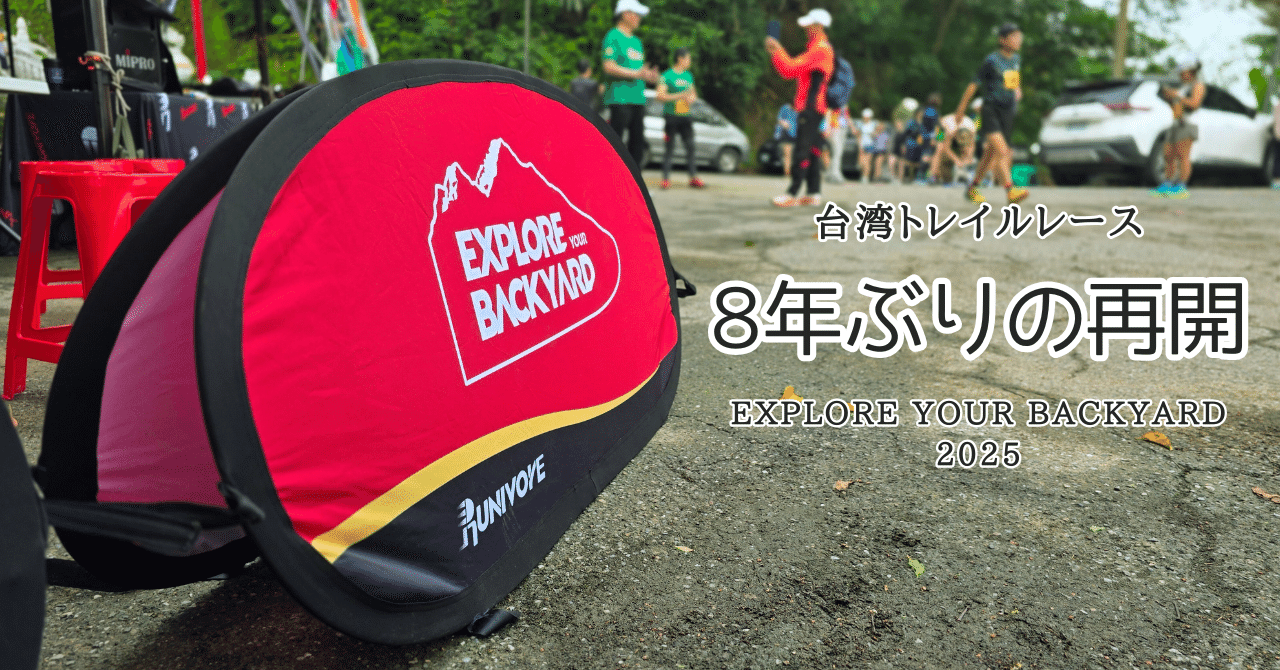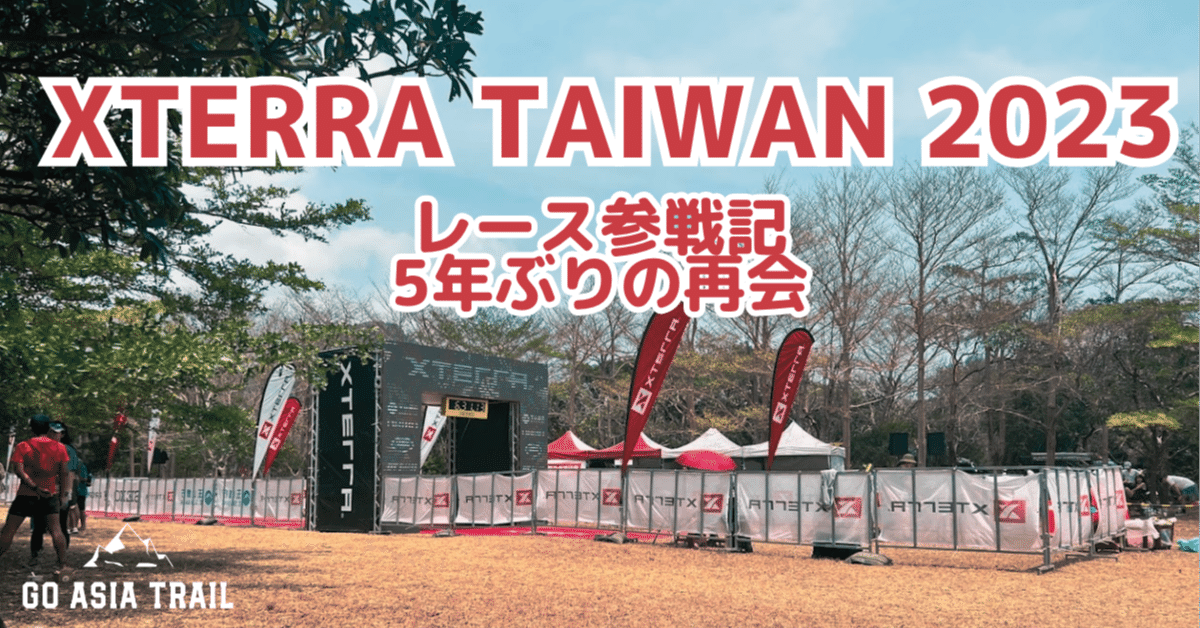The day after XTERRA TAIWAN, I moved from Kenting to Tainan. I stayed in Tainan and worked remotely here, a so-called "workcation. I have done workcations before in Japan, but this was my first time overseas.
I have been a freelance engineer since last May and basically work from home (full remote). Remote work itself has been utilized since before Corona, due to the business practices of the industry and the corporate culture of the company I worked for. For the past five years or so, I have often worked from home, in an office, or in a cafe.
This time, the story has nothing to do with trail running, but it is my own diary-like home-video article, so please bear with me.
Why did I stay in Tainan?
I have been to Tainan exactly 4 years ago in May 2019, and it is sometimes my favorite place in Taiwan.
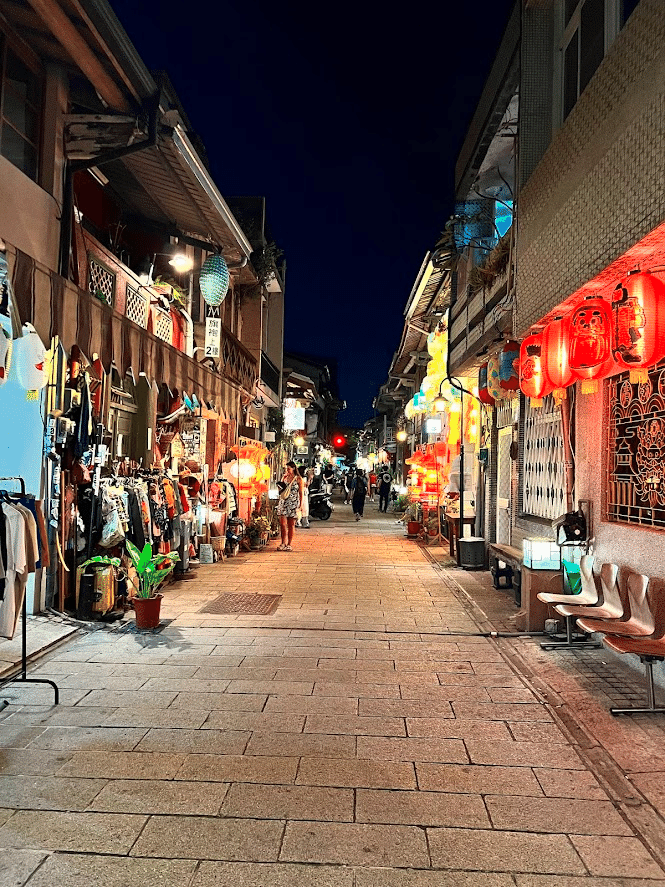
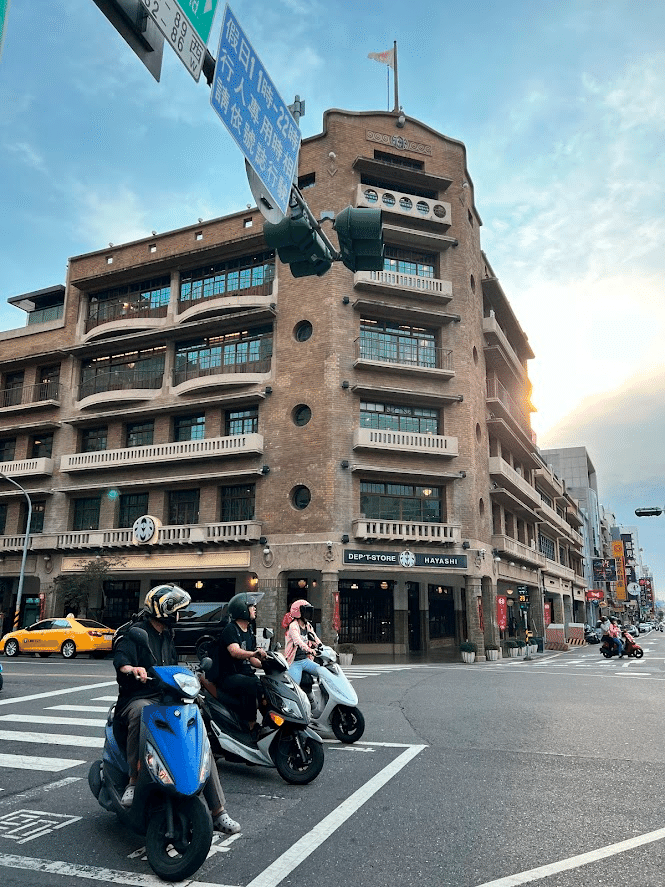
The population is about 1.8 million, which is more than the size of Fukuoka City or less than Sapporo City in Japan. The city is compact and most tourist attractions can be accessed within walking distance. Also, buildings from the Dutch, Qing Dynasty, and Japanese colonial periods still exist in the city, making it akin to Kyoto in Japan. There are also many old buildings and Instagram-worthy spots, such as the Lin Department Store, Chikanro, and Shennong Street.
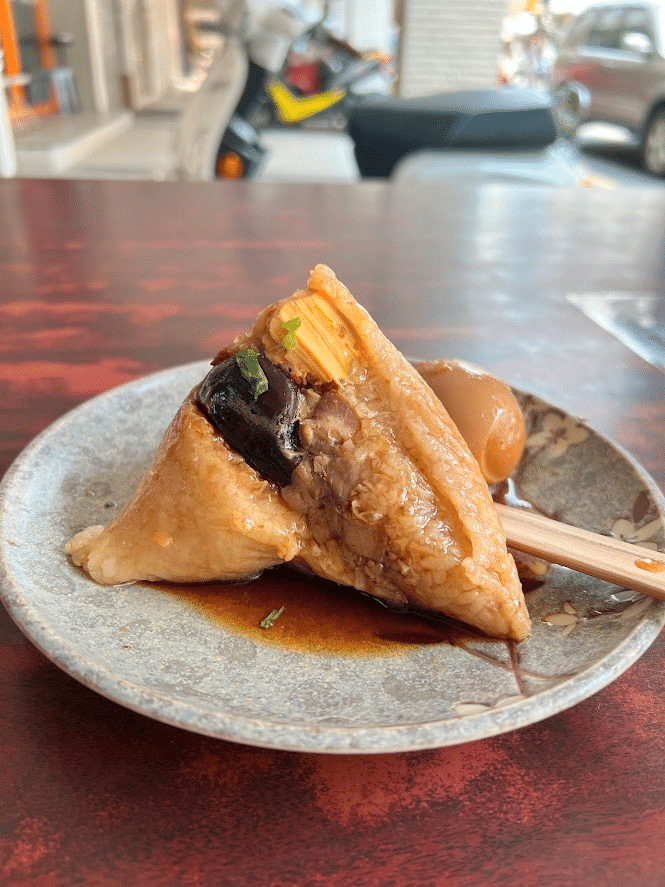
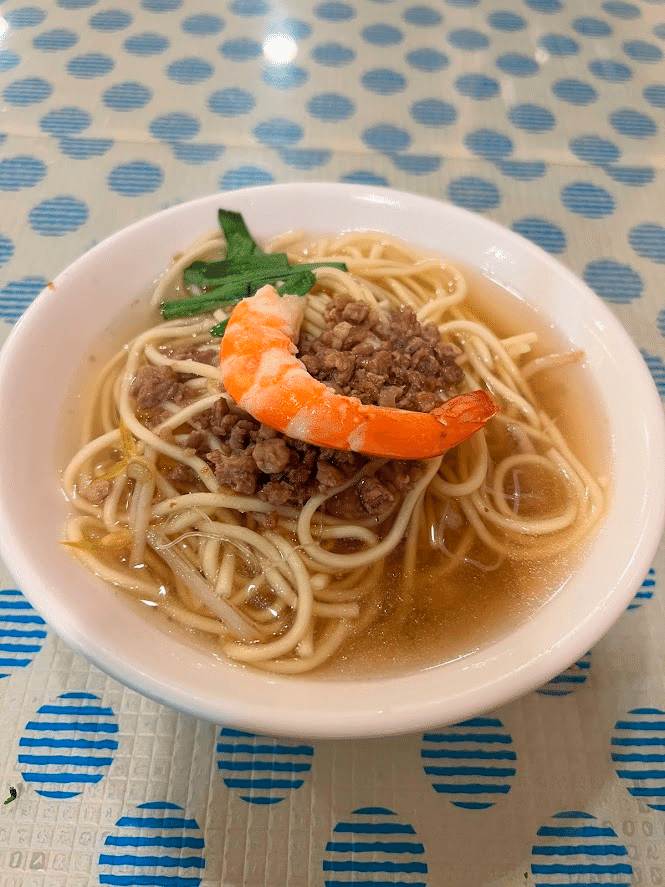
Tainan is also known as "Tainan Nosh" and is one of the best food cities in Taiwan, offering many delicious dishes such as tanzai noodles, zongzi (Taiwanese dumplings wrapped in dumplings), louse's eyes fish, and rice noodles. There are also many cafes that make use of old buildings. Perhaps it is to protect the scenery, but there are no tall buildings, so you can spend your time in a relaxed atmosphere.
Another reason for selecting this area is the low cost of living. Staying in Taipei, the cost was almost the same as in Tokyo, and was calculated to be 50,000-60,000 yen, but in Tainan it was only 23,000 yen (guesthouse, private room).
After actually working in Tainan
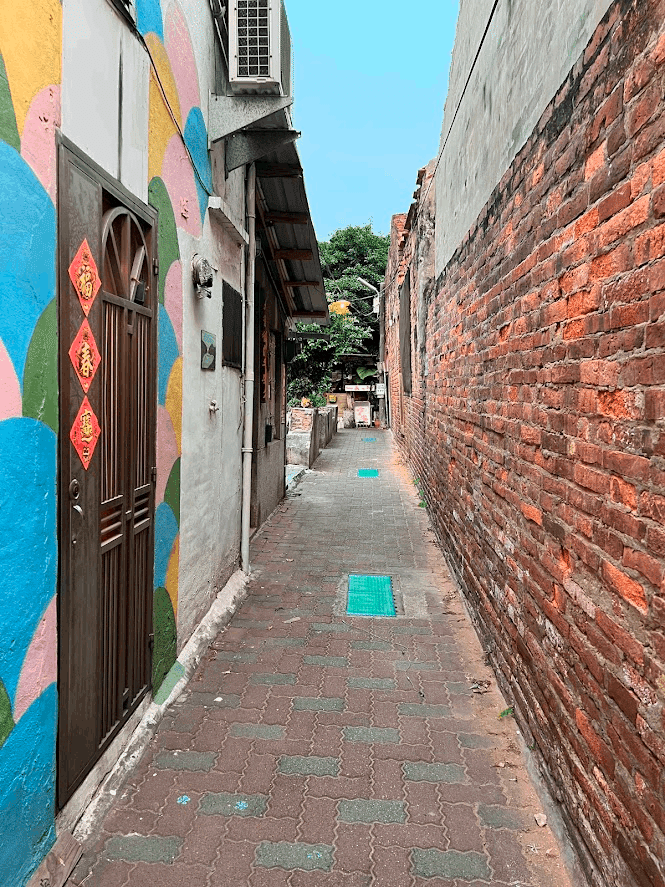
It was a very nice change of pace. Most of the day was spent writing code and documents on my Macbook, which is pretty much the same as what I do in Japan, but the change in surroundings made me feel like I was in a different environment.
Once you step out of the inn, you are completely in Tainan, not Osaka. The city's scenery, atmosphere, language, and weather are different from Osaka. Tainan is at least hotter than Osaka, and at this time the weather was like a summer day with a maximum temperature of about 30 degrees Celsius. There are Famima and 7-Eleven stores in Taiwan, but the products sold are different, as is the sound they make when you enter the store.
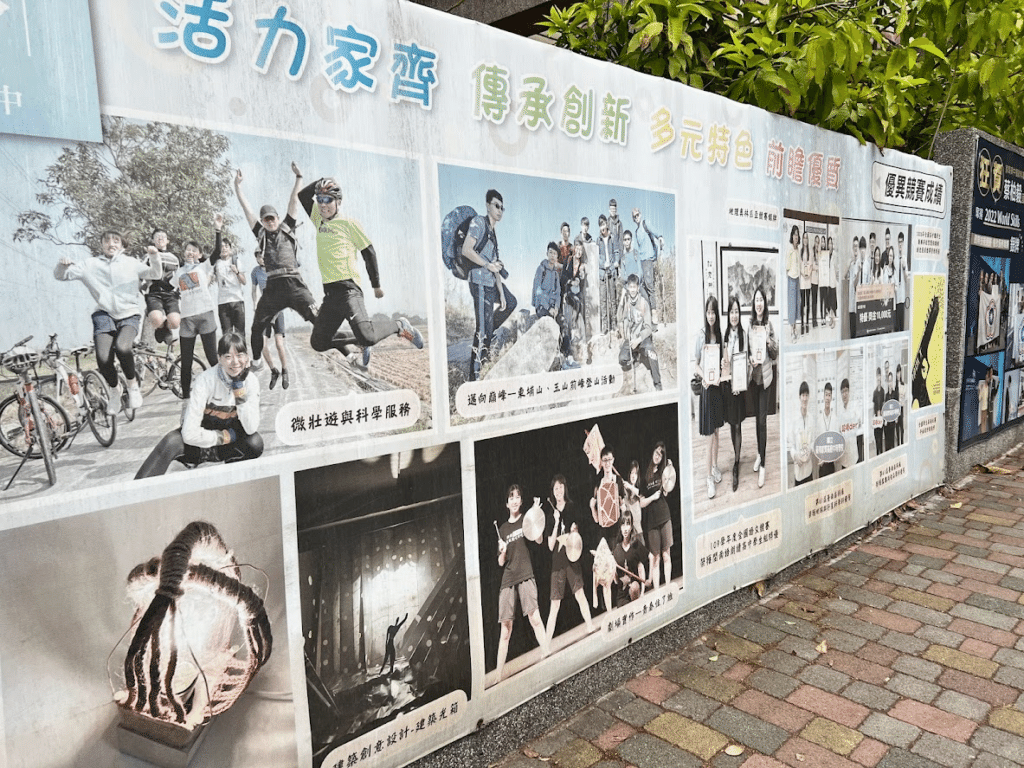
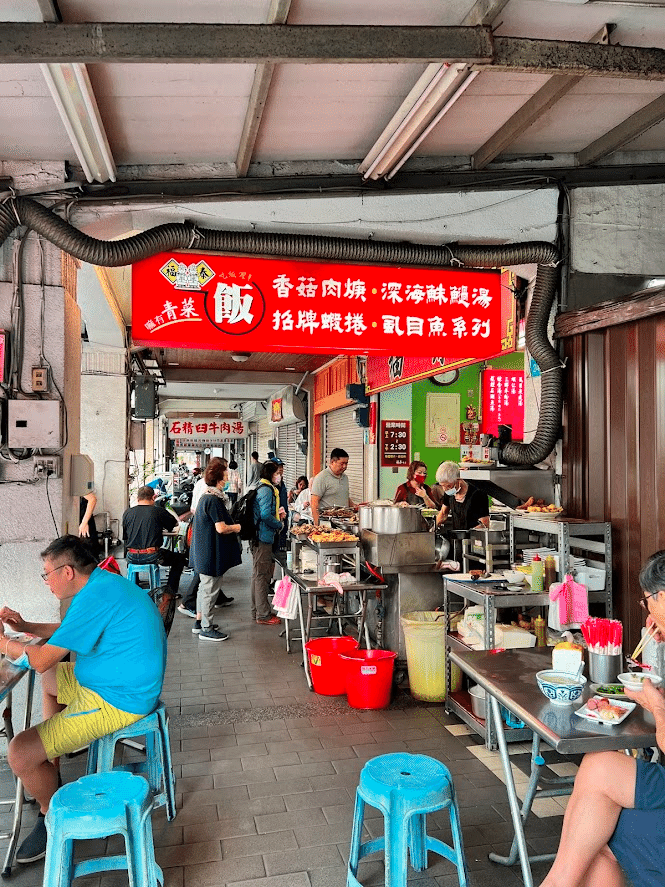
The food, too, was different from what one normally eats. For breakfast, you will eat sandwiches made with 燒餅(燒餅) and soymilk (豆漿), which are hard to find in Japan, and for lunch and dinner, you will eat Taiwanese-style boxed lunches. The flavor of the food is also different from that of meals eaten in Japan. This alone is enough to stimulate me.
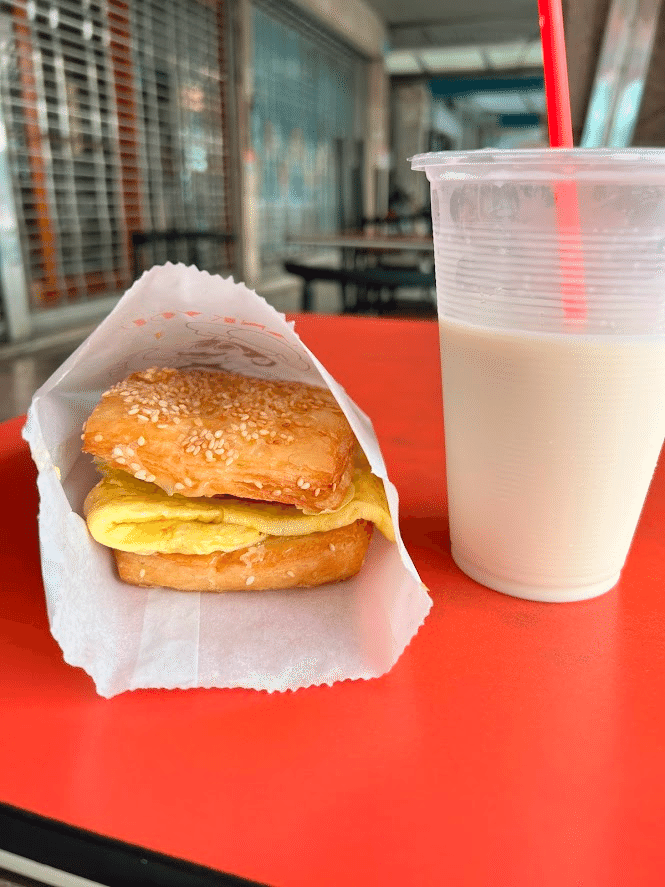
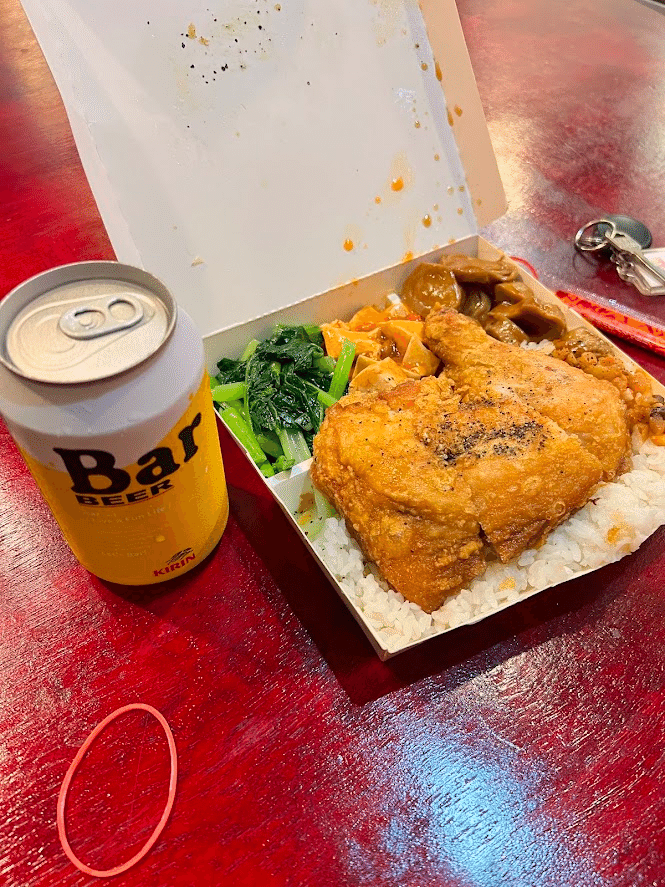
As for the work environment, to be honest, my home is better equipped than my office. I have invested in an electric desk, external monitor, chair, Internet connection, etc., so there is no doubt that I am comfortable in my work room at home. However, once this comfortable environment becomes a part of my daily routine, I am used to it and find it hard to appreciate it. After spending a week in a different environment, I was able to appreciate my workroom at home once again.
However, I don't think it had that big of an impact on my work performance, and I have the impression that it was perfectly OK for about a week. On the other hand, it was a good stimulus, and I think it was an environment where inspiration was easy to work in.
Based at a guesthouse run by a Japanese national (Hamu House)
This time, I stayed at a guesthouse run by a Japanese, called "Hamukiya (哈木家).
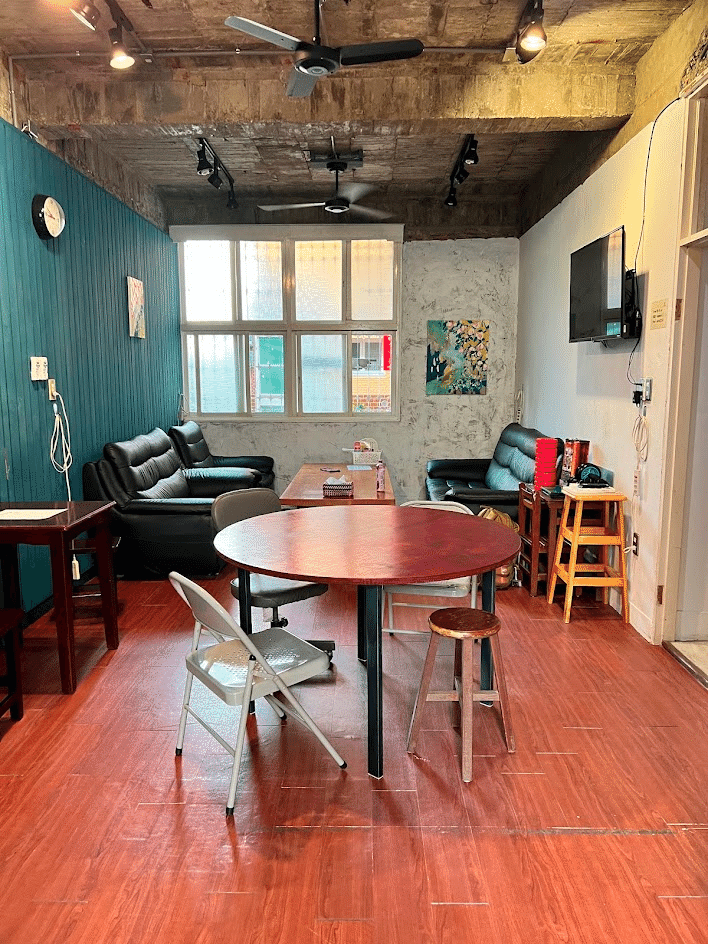
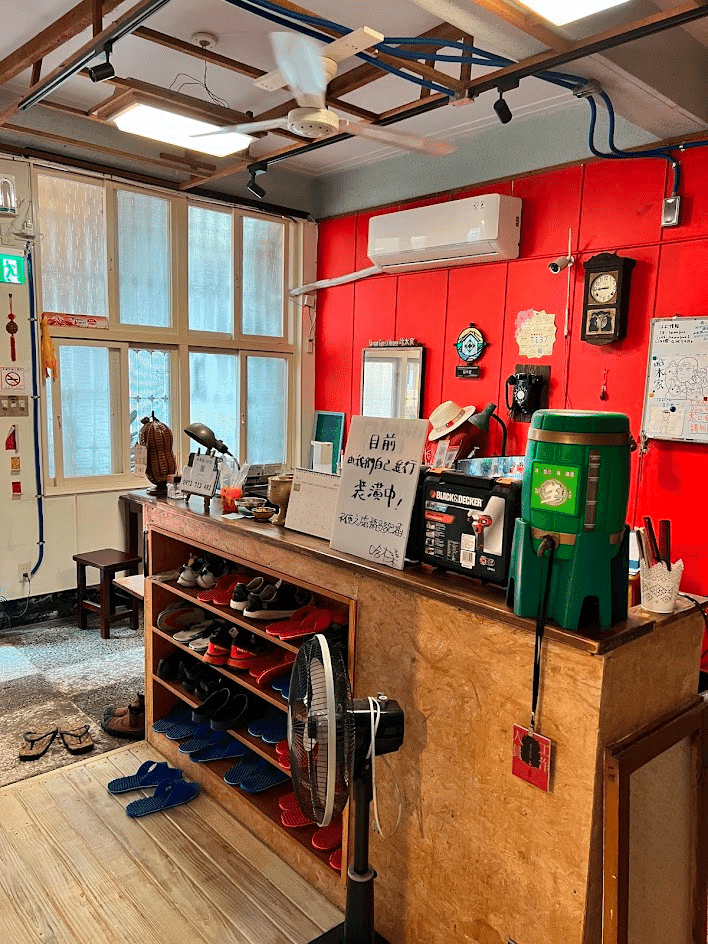
It has been operating in Tainan for about 10 years, and seems to have been built by DIY renovation of an old private house. The owner is very personable, and the fact that Japanese is spoken in a foreign country is very attractive. This is one of the reasons why there are many repeat guests from Japan. When I was staying at the hotel, there were almost all Japanese people staying there, and I had many chances to interact with them.
It is very relaxing to be able to speak Japanese. I was able to spend a stress-free week because I did not have to think about English or Chinese at all and the building was almost like Japan. The building is run by Japanese, so it is well cleaned, and although the building is old, it has been renovated as a DIY project, so it retains the flavor of an old building while being beautifully equipped. Although not so spacious, there is a lobby where everyone can socialize and a common dining area.
The price was very reasonable, about 23,000 yen for 5 nights (private room, not dormitory). In Tainan, there were cheaper private rooms available, but Japanese is spoken and the location is in the center of Tainan, so you can usually walk to most of the tourist spots.
I would use this guesthouse again next time. Highly recommended!
Recommended restaurants in Tainan
Finally, during my week-long stay in Tainan, I went to eat at various restaurants. All of them were delicious, but I would like to introduce some of the restaurants that left a particularly strong impression on me and that I visited more than once.
Rehatsu No. Meat dumplings

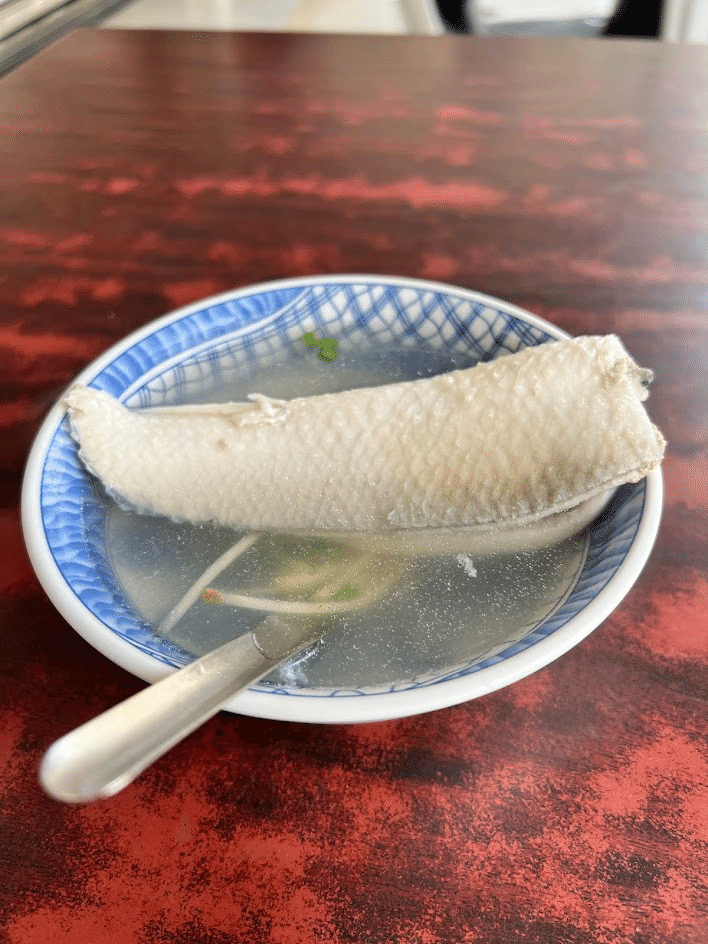
Founded in 1872, this Taiwanese zongzi dumpling store has a long history. It seems that this is the place to go for zongzi zongzi in Tainan.
We visited the store twice since it was located behind the inn. The Taiho zongzi (zongzi dumplings) cost 110 Taiwan dollars, or just under 500 yen each, but they are extremely delicious. In addition to meat, it also contains shiitake mushrooms and bamboo shoots, and the sauce is also very good. The glutinous rice used in the rice dumplings alone is enough to fill one's stomach. Incidentally, there is also a special eight treasure zongzi (zongzi dumplings), which costs 200 Taiwan dollars, or about 1,000 yen per zongzi dumpling. We also ordered a bowl of rice dumplings with louse's eye fish soup, which had a broth made from louse's eye fish (sabahi), and the soup was light but rich and tasty.
https://goo.gl/maps/UWLF97jf8DhWPc6y8?coh=178572&entry=tt
Washida Coffee
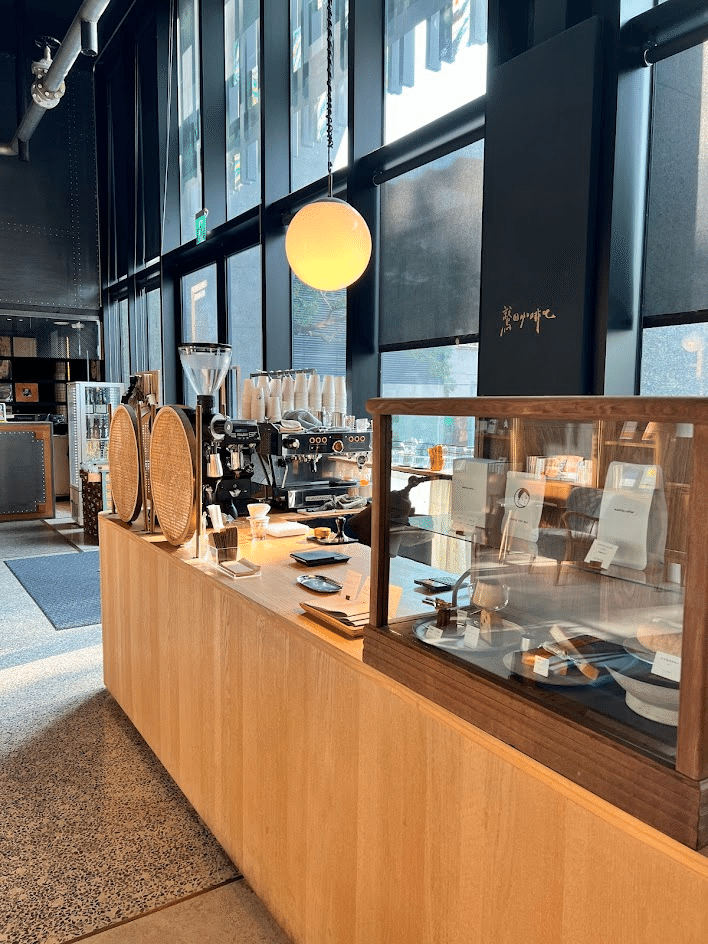
Inside
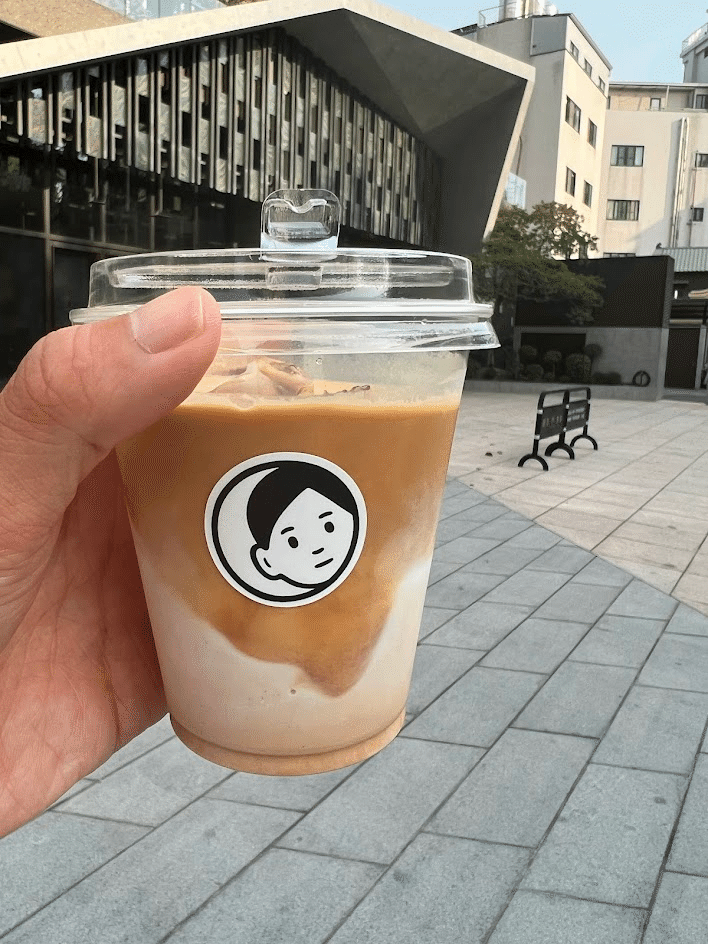
Iced latte (to-go)
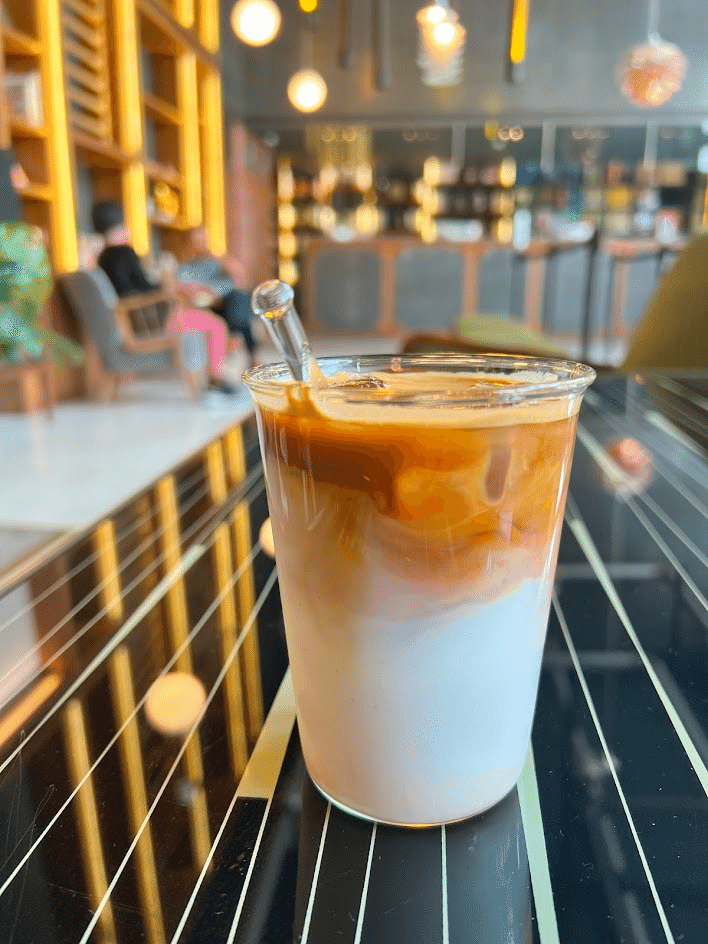
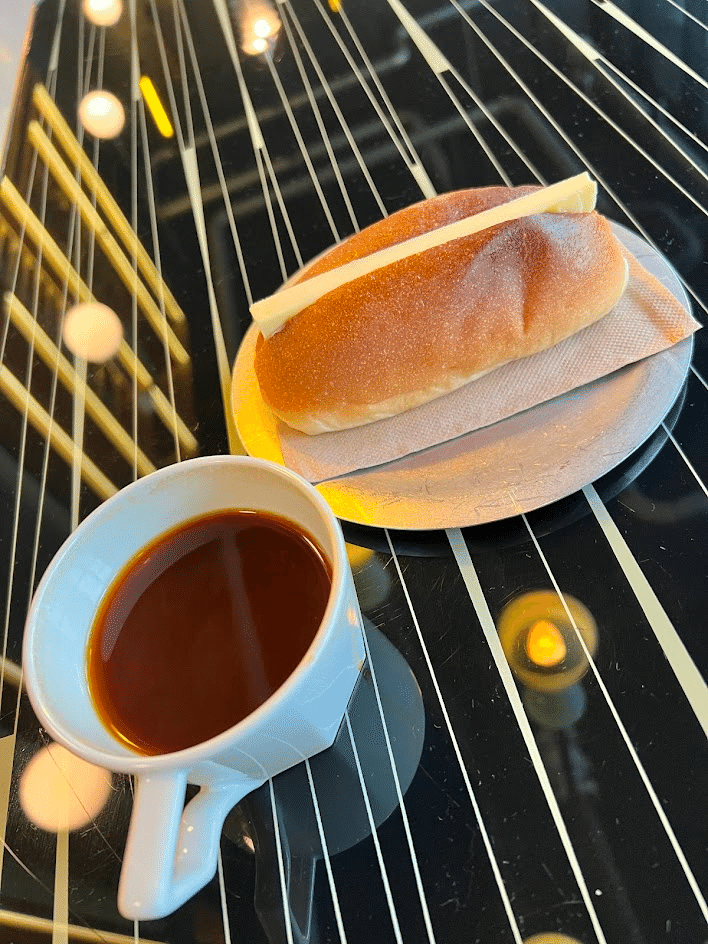
This café is located on the first floor of the U.I.J Hotel & Hostel. I actually stayed at this hotel four years ago, so I have been to this café many times. Of course, I went there 3-4 times during this stay.
In my opinion, this cafe makes the best coffee in Taiwan. The taste is similar to that of %ARABICA in Arashiyama, Kyoto, but Washida Coffee is a bit more acidic and the roasted beans are a bit shallower or something like that. The aroma is good, and I recommend everything from the latte to the Americano. The honey butter sandwiches are superb.
Shochu Exhausted Bone Rice - Success Branch
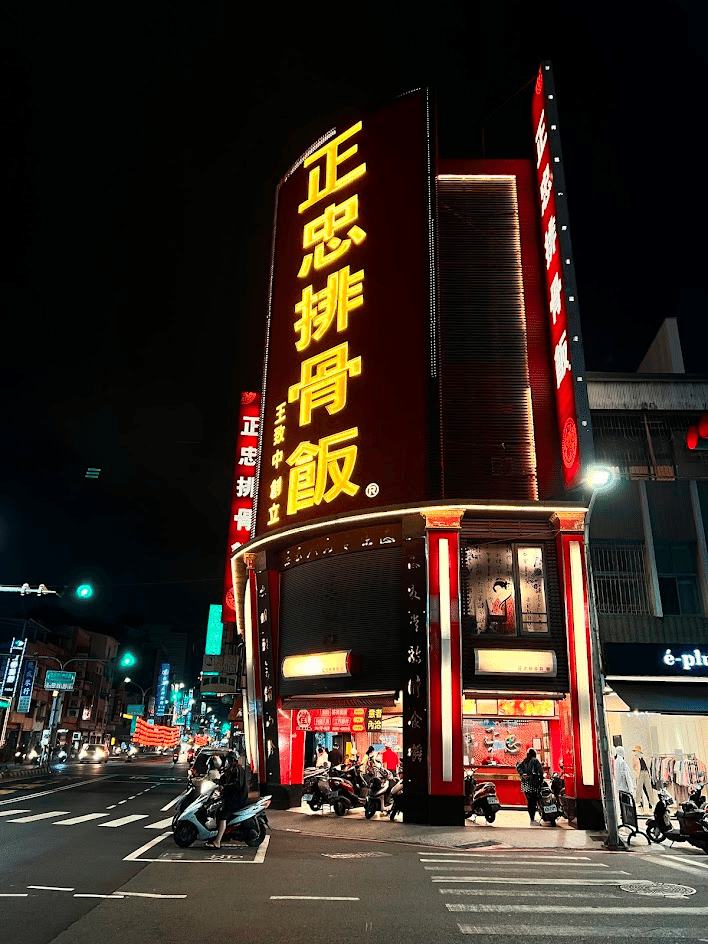
The main store is located in Kaohsiung, but this lunch box shop stands out from the crowd with its neon lights.
In the evenings, the restaurant is so popular that people line up to get in, and the popular menu items sell out quickly. The menu is similar to muji cafe or Subway, where you decide on a main dish and then choose three side dishes from a selection of about 20. The food is hearty, inexpensive, and delicious. The price range is about 80-110 TWD, so 350-480 yen. I went there twice during my stay.

For the main dish, you can choose from the restaurant's signature dishes, such as pai ku, sambay ji, fried chicken, etc., and for side dishes, you can choose from stir-fried greens, fried bean curd, etc. The lunch box in the photo is a combination of the two, with the main dish of pai ku, sambay ji, fried chicken, etc., and the side dishes of fried greens, stir-fried bean curd, etc. The lunch box shown in the photo is the fried chicken, which was recommended by the owner of Hamu House and was very tasty and hearty. The amount of rice is about a little less than two bowls.
Conclusion
Working in a foreign country was exciting.
Being able to freely use Japanese at the inn was truly relaxing.
Tainan is a city full of retro buildings and gastronomy, a good inspiration for the brain!
